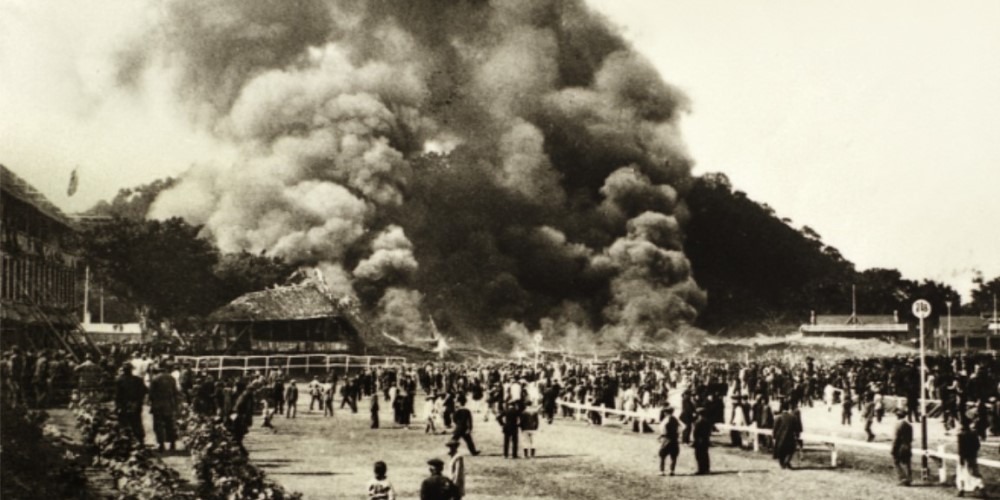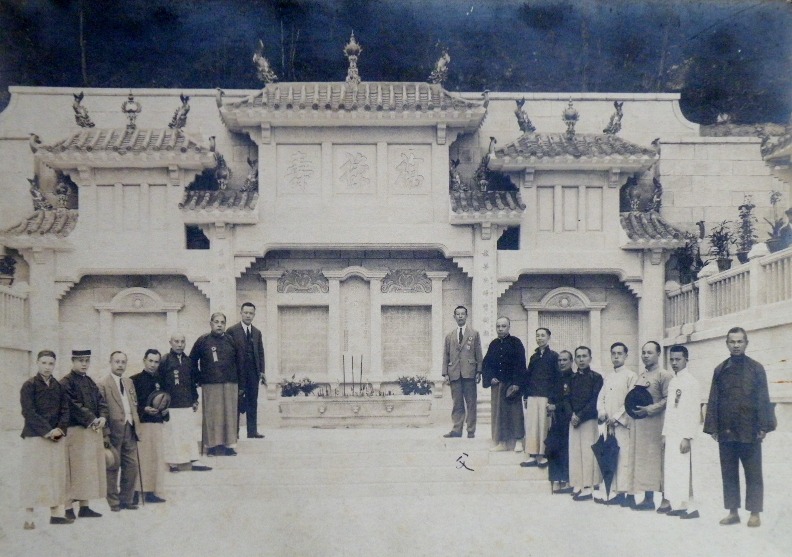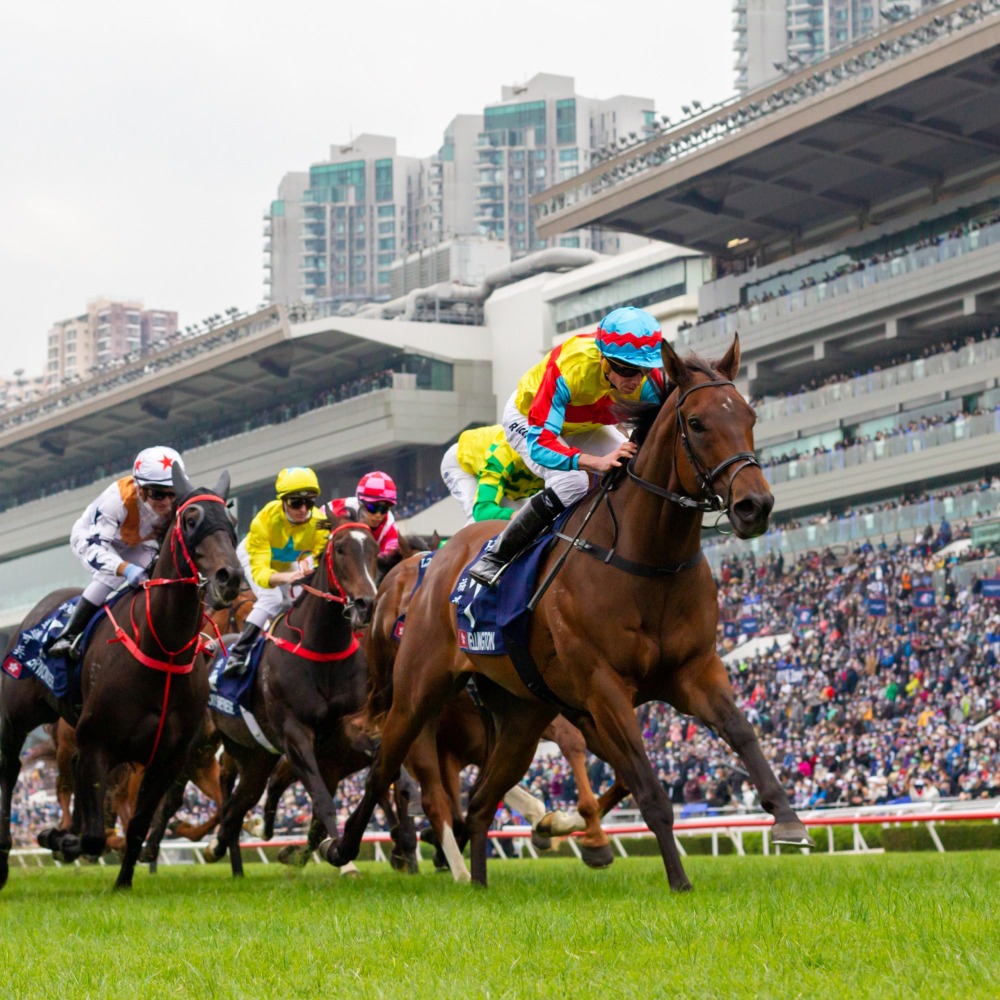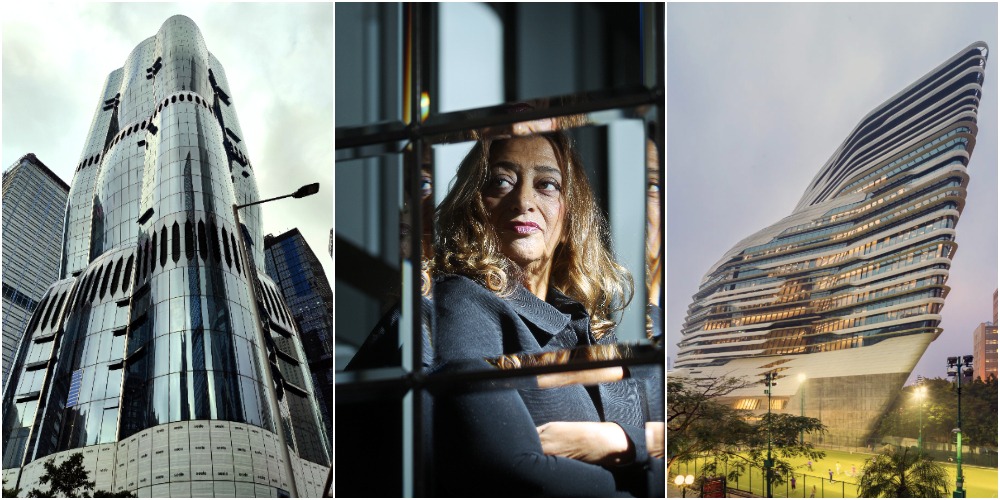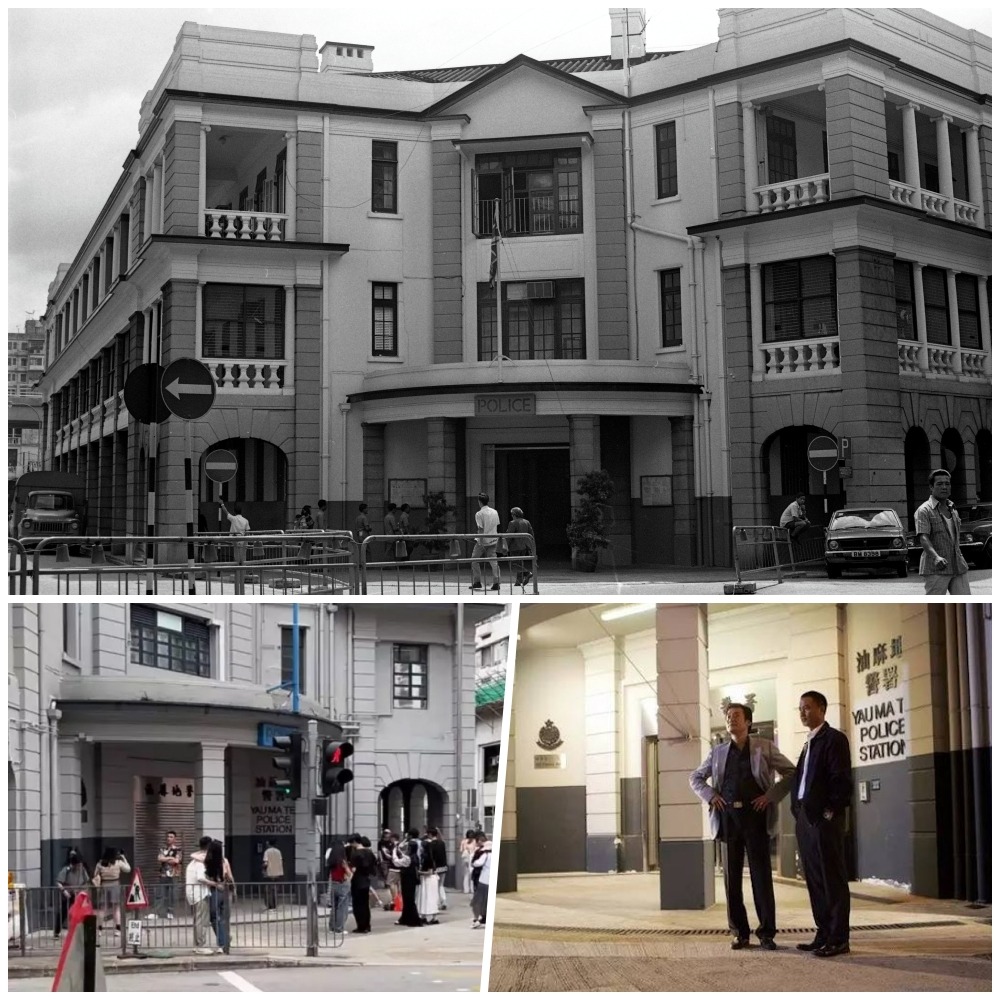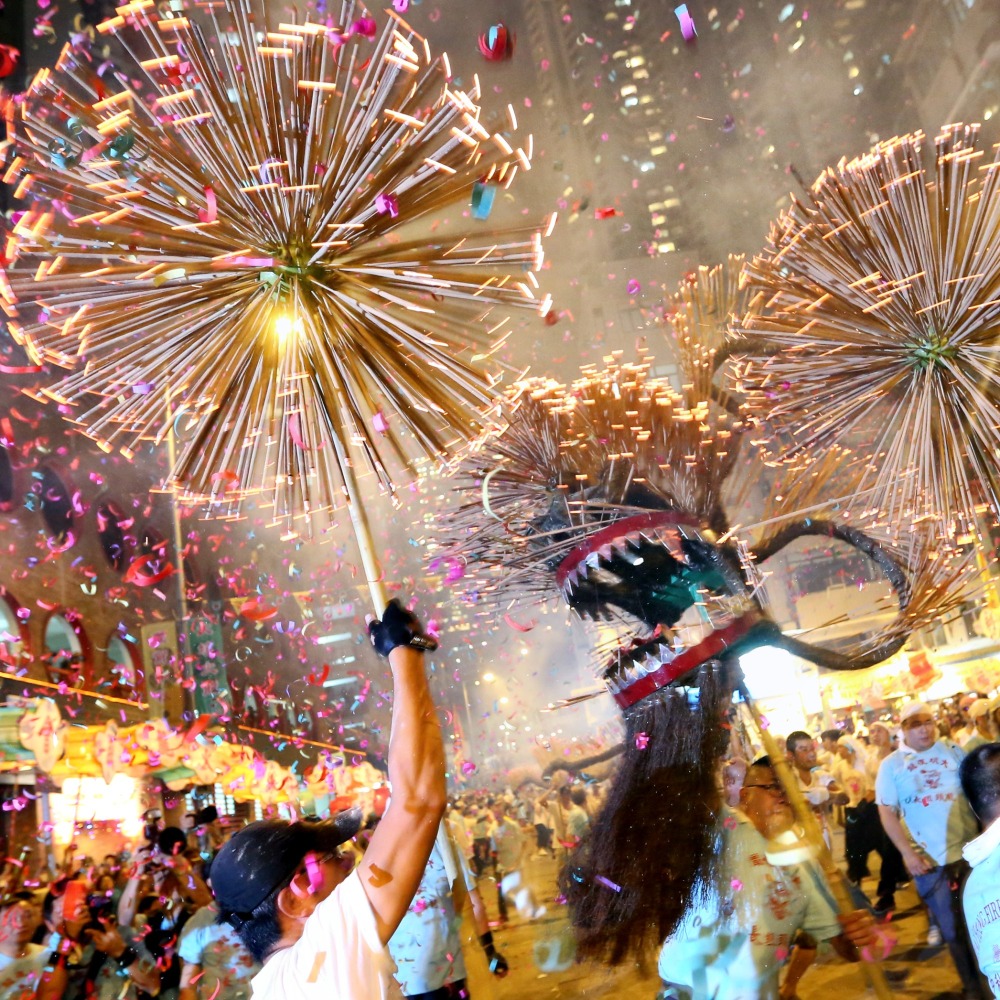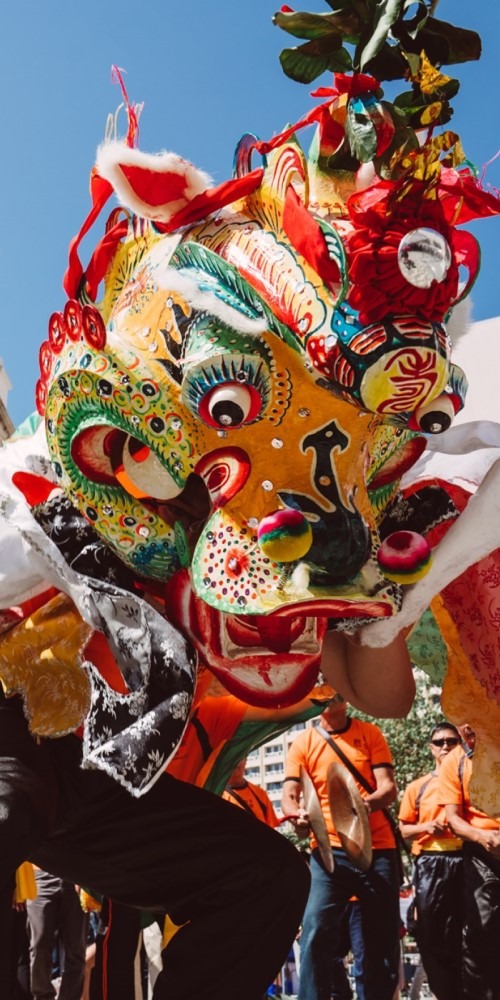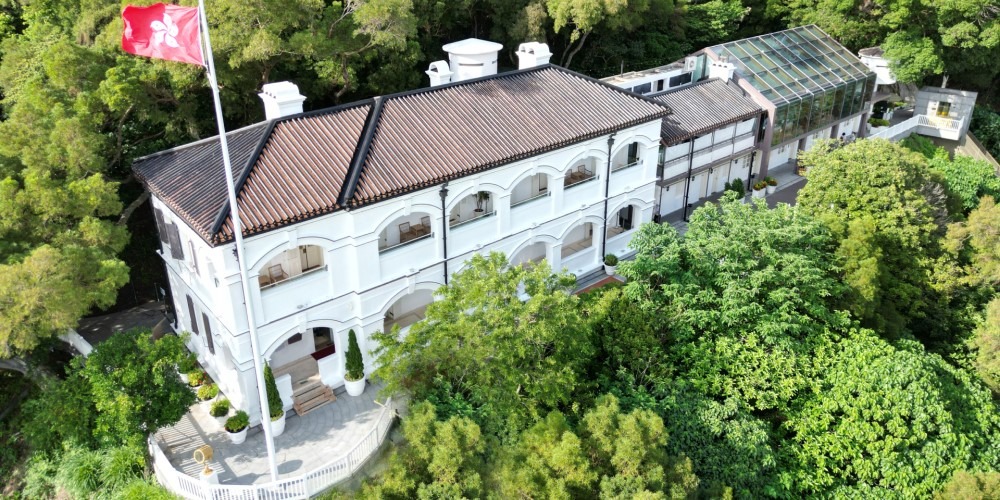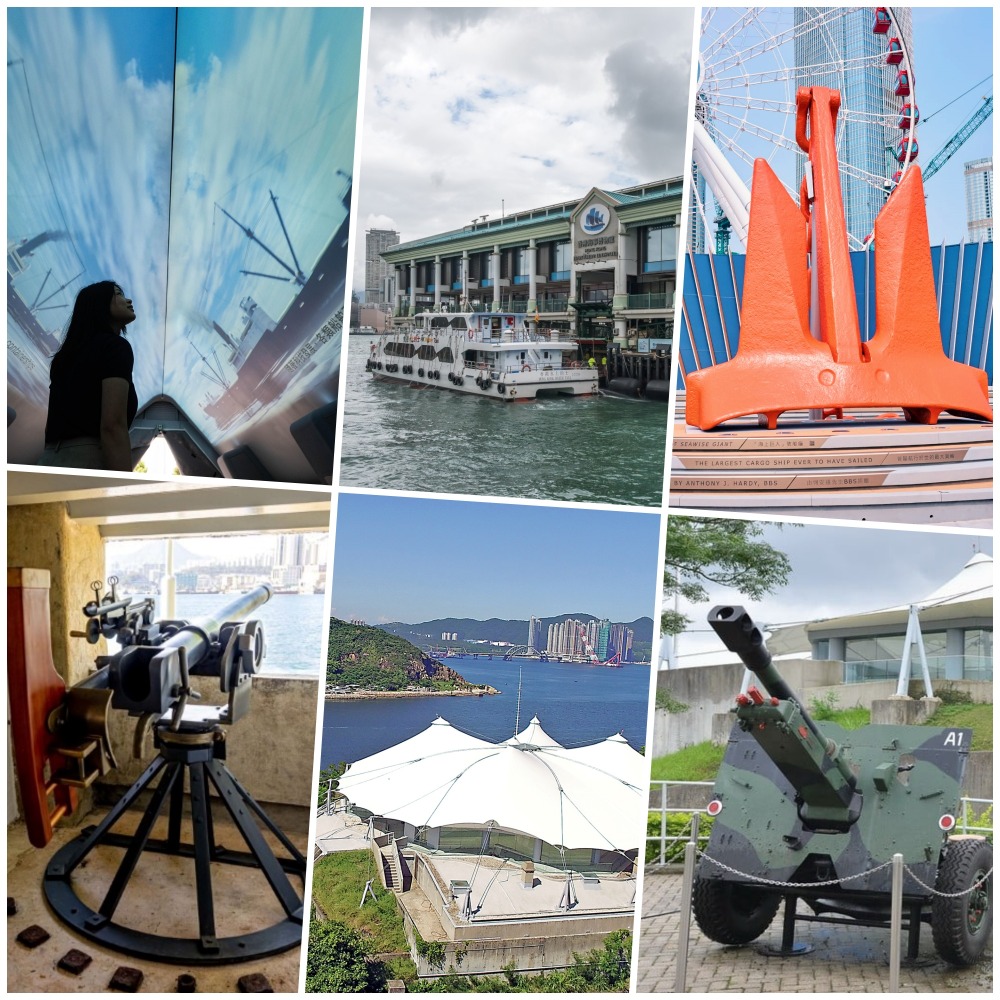Published : 2024-11-05
Some histories are not easy to forget. The Happy Valley Racecourse fire in 1918 claimed more than 600 lives and left many injured.
Even though we did not witness the tragedy firsthand, the remnants of that history still evoke deep sorrow and disbelief.
The British introduced horse racing to Hong Kong
On the hillside above the Hong Kong Stadium in Causeway Bay, there is a memorial called the "Race Course Fire Memorial" which stands as a testament to the Happy Valley Racecourse tragedy.
Why did such a century-old disaster occur a hundred years ago? It all started with the British introducing horse racing in the 19th century.
Horse racing in Hong Kong began at Happy Valley. In the past, Happy Valley was originally called Wong Nai Chung (黃泥涌), which was a marshland with a small stream carrying a lot of yellow mud, hence the name.
In 1846, the British Hong Kong Government reclaimed the farmland in Wong Nai Chung Valley and developed it into a racecourse, thus it was named "Happy Valley".
Initially, the horse racing events were held once a year, called the "Annual Grand Race", lasting 3 to 5 days.
At that time, whether Hong Kong residents or foreigners, everyone was very interested in horse races. They would attend the events, placing bets, and cheering for their favourite horses from the side lines.
Read more: The Shek Kip Mei fire in 1953 prompted the development of public housing
The collapse of the grandstand at the Happy Valley Racecourse caused a fire
On February 26, 1918, the second day of the Annual Grand Race, the stables at the Happy Valley Racecourse were packed with thousands of spectators. As the crowd was watching and cheering enthusiastically, tragedy struck.
In the early years, the grandstand at the Happy Valley Racecourse was a simple structure made of bamboo and wood. While the upper-level spectators watched the races and cheered excitedly, the food stalls at lower level were busy cooking.
The racecourse fire that year was caused by the overcrowding of spectators in the stables. Unable to bear the weight, the upper level suddenly collapsed, crushing the food stalls below.
Due to the crowded environment, it was difficult for the audience to escape. With overturned cooking stoves and equipment, the flames ignited the wooden structure, leading to an uncontrollable fire.
Many people were trapped and either burned or trampled in the chaos, creating a scene of panic and horror, reminiscent of a hellish nightmare.
The stable fire resulted in over 600 deaths, with many bodies severely burned and unrecognisable. Later, these bodies were transported to an abandoned coffee plantation on the hillside for burial.
"Race Course Fire Memorial" built to commemorate the victims
In 1922, Tung Wah Hospital, which was involved in the disaster relief efforts, petitioned to the Secretary for Chinese Affairs to convert the coffee plantation into a cemetery (戊午馬棚遇難中西士女公墓) where the "Race Course Fire Memorial" was constructed.
In 2010, the memorial was designated as a Grade 1 historic building. In 2015, the Government listed it as a declared monument, managed by Tung Wah Group of Hospitals.
The tragedy of the racecourse fire was the deadliest fire in Hong Kong’s history. Despite the passage of a century, it remains indelibly recorded in history.

Read more: Fire in Shau Kei Wan destroyed over 1000 wooden houses
